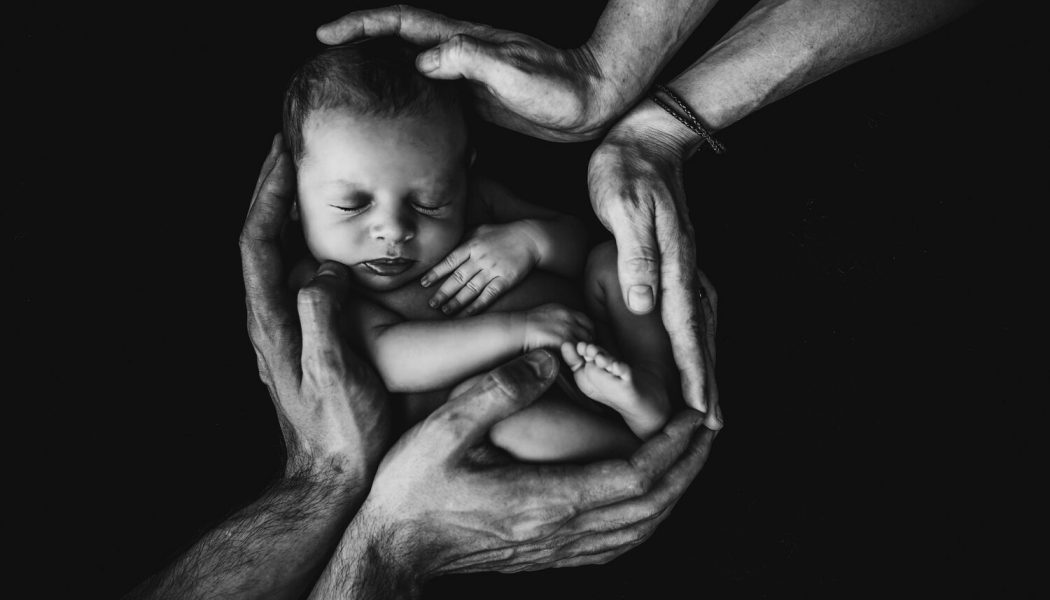
After so many stories about how bad maternal outcomes are for Black women, I was ready for a happy ending. Still, Ebony Brown-Olaseinde’s story reinforces what we already know about maternity care: the hospital you walk into makes all the difference.https://t.co/arlRPMwgX5
\u2014 L’Infirmi\u00E8re (@nursingmedialab) August 7, 2020
\n","resolveObject":"Tweet","resolvedBy":"twitter","resolved":true,"width":550,"height":null,"type":"rich","cache_age":"3153600000","version":"1.0","authorName":"L’Infirmi\u00E8re","authorUrl":"https://twitter.com/nursingmedialab","providerName":"Twitter","providerUrl":"https://twitter.com"}” data-block-type=”22″ id=”block-yui_3_17_2_1_1597152599052_58379″>
After so many stories about how bad maternal outcomes are for Black women, I was ready for a happy ending. Still, Ebony Brown-Olaseinde’s story reinforces what we already know about maternity care: the hospital you walk into makes all the difference.https://t.co/arlRPMwgX5
— L’Infirmière (@nursingmedialab) August 7, 2020
Inspiring. “Uplifting,” “amazing” and “beautiful.”
Those were some of the praises lavished on an upbeat Washington Post story about a 28-weeks-pregnant woman with COVID-19. As she was overtaken with respiratory failure, obstetricians quickly delivered her very premature twins in March.
It was at the height of the coronavirus crisis. Moreover, the mother was black; a subgroup that has much higher maternal mortality rates than do white women. Suddenly, after the birth, the mother improved.
So why are we commenting on this? Why did GetReligion readers send us this URL? Look at the wording, folks.
On a bright October day last fall, Ebony Brown-Olaseinde and her husband, Segun Olaseinde, found out that their longtime dream had finally been realized: They were going to be parents. After three years spent trying to conceive, they had succeeded through in vitro fertilization — and they soon learned that their twins, a boy and a girl, were due in June 2020.
By the beginning of March, Ebony, 40, an accountant in Newark, was feeling grateful that her high-risk pregnancy had progressed so easily. Segun, 43, an operations manager for UPS, couldn’t wait to be a father. Ebony’s doctors told the couple that she’d reached an important milestone: At 24 weeks, their twins were viable, more likely to survive if they arrived early
Twenty-four weeks?
As recently as a year ago, the Post was referring to babies that far along as fetuses. Let’s read on:
That was one week before the World Health Organization formally declared the coronavirus pandemic. Ten days after that, Ebony suddenly began feeling short of breath.
What follows is a nail biter of a story where, for awhile, it was unclear as to whether the mother would survive the birth. Fortunately she did, as the headline makes clear. It reads: “A pregnant woman with COVIS-19 was dying. With one decision, her doctors saved three lives.”
It didn’t take long for attentive readers on Twitter to notice that. A sample of the comments:
WaPo just admitted unborn babies are human lives.
So unborn babies count now? Got it
It’s a life if they want it, a clump of cells if they don’t, right?
“Lives”? I thought babies were nonentities?
Apparently the designation depends on whether the mother wants the kids or not.
<div class="sqs-block embed-block sqs-block-embed" data-block-json="{"cache_age":"3153600000","authorUrl":"https://twitter.com/NickAtNight128","width":550,"height":null,"hSize":null,"resolveObject":"Tweet","html":"
Soooo the fetuses were considered babies for this story, but not for others?
\u2014 Nick (@NickAtNight128) August 6, 2020
\n","url":"https://twitter.com/NickAtNight128/status/1291407391662186500?s=20","resolvedBy":"twitter","floatDir":null,"authorName":"Nick","version":"1.0","resolved":true,"type":"rich","providerName":"Twitter","providerUrl":"https://twitter.com"}” data-block-type=”22″ id=”block-yui_3_17_2_1_1597128683915_5643″>
Soooo the fetuses were considered babies for this story, but not for others?
— Nick (@NickAtNight128) August 6, 2020
Those opposing abortion have been complaining about media fickleness on the issue for a long time and it’s hard to gainsay their point: What’s in the womb at 24 weeks is a fetus if you abort it; a baby if you keep it.
Let’s wander over to a New York Times piece for a moment that covers a similar topic. Like the Post story, it too was published on August 6 but the outcome wasn’t as happy.
In March, with the coronavirus lockdown in full swing, Chrissy Sample was feeling anxious. Furloughed from her job and stuck at home with her 8-year-old son, she was also pregnant with twins, who were due in mid-July. Although she often felt immobilized by an intense pain in her legs and lower abdomen, her doctor regularly told her these feelings were normal.
Ms. Sample had seen her regular obstetrician, but as a 34-year-old woman carrying more than one child, she was supposed to frequently see a high-risk obstetrician. But the earliest in-person appointment she could get was in late March, when she was already 25 weeks pregnant. “I felt like I needed my hand held for this pregnancy, but they never had time to see me,” she said.
Sample is black and the story was building up to a thesis about racial disparities in childbirth statistics.
Covid-19 protocols kept her husband from joining her, so Ms. Sample was alone as she watched the obstetrician move the sonogram wand across her belly, first casually, then urgently. Looking pained, the doctor then told Ms. Sample she heard only one heartbeat.
“I was hysterical,” Ms. Sample said. After a more thorough examination, this physician said the baby had died within the previous three days and noted, with evident sadness, that the death probably could have been prevented had she seen Ms. Sample sooner.
This was a barely viable pregnancy at 25 weeks. Because the mother wanted this child, it was a “baby.”
Has there been a shift on the Times copy desk? I checked around. This February piece in the Times about Chinese women looking for a place to deliver, also refers to the “unborn baby.”
But this February 11th article on a “daily baby aspirin” can’t make up its mind. In the third paragraph:
Compared with those who took a placebo, the women who took aspirin had an 11 percent lower relative risk of giving birth before 37 weeks and a 25 percent lower risk of delivering earlier than 34 weeks. The rate of fetal or infant death from 20 weeks gestation to seven days postpartum was 14 percent lower in those whose mothers took aspirin. The study is in Lancet.
“Fetal or infant”?
The Times has a history of referring to that object within a womb as a fetus. This 2008 piece on fetal pain is a case in point. But the public doesn’t seem to be buying that distinction any more.
Let’s go back to that Post story. I would have liked to have known if the couple had any religious beliefs and if they played a part in this story. With a Nigerian surname like “Olasinde,” chances are they attend a house of worship somewhere. But we’re not told.
What we are told, indirectly, is there’s a small shift in how the unborn are being perceived these days. Whether that will last is anyone’s guess.
Photo illustration is by Isaac Quesada on Unsplash.








